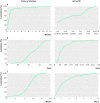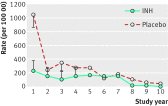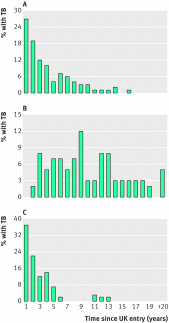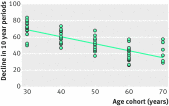Revisiting the timetable of tuberculosis
- PMID: 30139910
- PMCID: PMC6105930
- DOI: 10.1136/bmj.k2738
Revisiting the timetable of tuberculosis
Abstract
Tuberculosis has a much shorter incubation period than is widely thought, say Marcel A Behr and colleagues, and this has implications for prioritising research and public health strategies
Conflict of interest statement
Competing interests: All authors have completed the Unified Competing Interest form and declare: no support from any organisation for the submitted work; no financial relationships with any organisations that might have an interest in the submitted work in the previous three years, no other relationships or activities that could appear to have influenced the submitted work.
Figures





References
Publication types
MeSH terms
Substances
Grants and funding
LinkOut - more resources
Full Text Sources
Other Literature Sources
Medical
